They get accepted to college in Arizona before they apply. How does that work?
It's that time of year when college-bound high school seniors anxiously wait to find out what universities or colleges have accepted them.
But nearly 11,000 high school students in Arizona didn't have to wait. They received letters telling them they had been accepted to attend one or more of Arizona's three state universities next fall — before they officially applied.
Traditionally, high school students apply to universities first and then wait for an answer. But sending out acceptance letters to high school students who meet minimum standards before they apply turns that practice on its head.
The early acceptance letters are part of an expanding effort in Arizona and other states to get more students to attend college after high school at a time when colleges and universities are battling to shore up enrollments and businesses are clamoring for more workers with higher education.
The letter program is officially called the Personalized Admissions Project. It was launched in 2021-22 school year by Arizona State University. The university sent acceptance letters to 1,453 students in the Phoenix Union High School District who met ASU's admission standards.
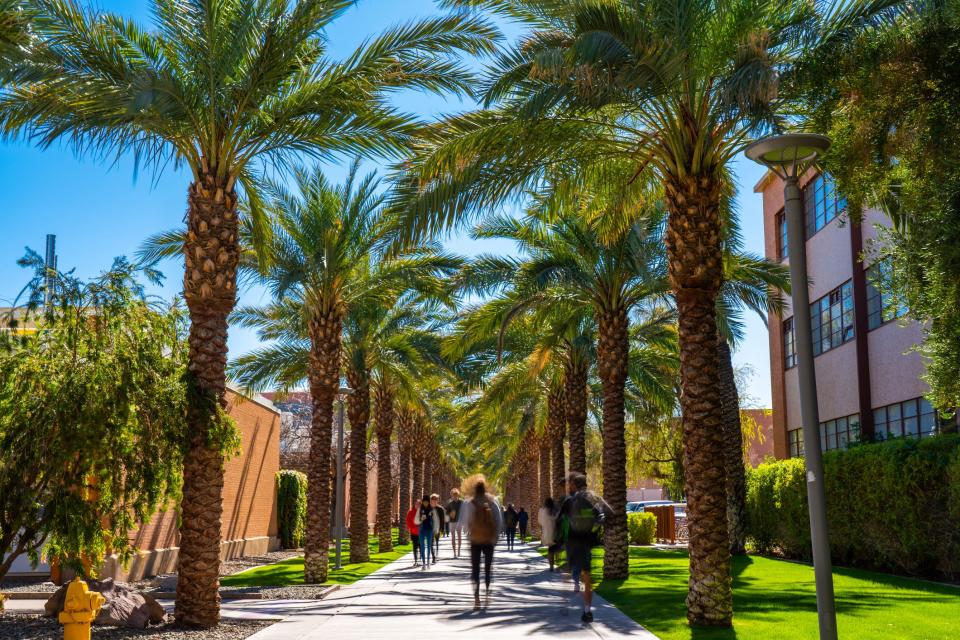
The program has since been expanded to include Arizona's two other public universities, the University of Arizona and Northern Arizona University, and to high schools across the state.
This year, 10,942 students attending high schools in more than two dozen districts received letters. That is a 653% increase from two years ago and a 51% increase from the previous year, when 7,269 students in 12 districts received letters.
Of the nearly 11,000 students who received letters this year, about 43% are white, 43% are Latino, 5% are Asian, 4% are Black, and 2% are Indigenous. About 41% qualified for free or reduced lunch while in high school, an indication they come from low-income households, according to data provided by the ASU Helios Decision Center for Educational Excellence.
"These letters minimize barriers to ensure students across the state are aware that they have opportunities to learn and grow in college," said Emily Ross, the assistant vice president at the University of Arizona who oversees enrollment.
By streamlining the application process, administrators hope to remove a key barrier in hopes of attracting more students, especially first-generation students — students whose parents don't have college degrees — and students of color, said Joseph O'Reilly.
O'Reilly is the director of the ASU Helios Decision Center for Educational Excellence, a partnership between Arizona State University and Helios Education Foundation. The ASU Helios Decision Center compiles data from school districts to determine which students qualify to receive the acceptance letters and administers the program.
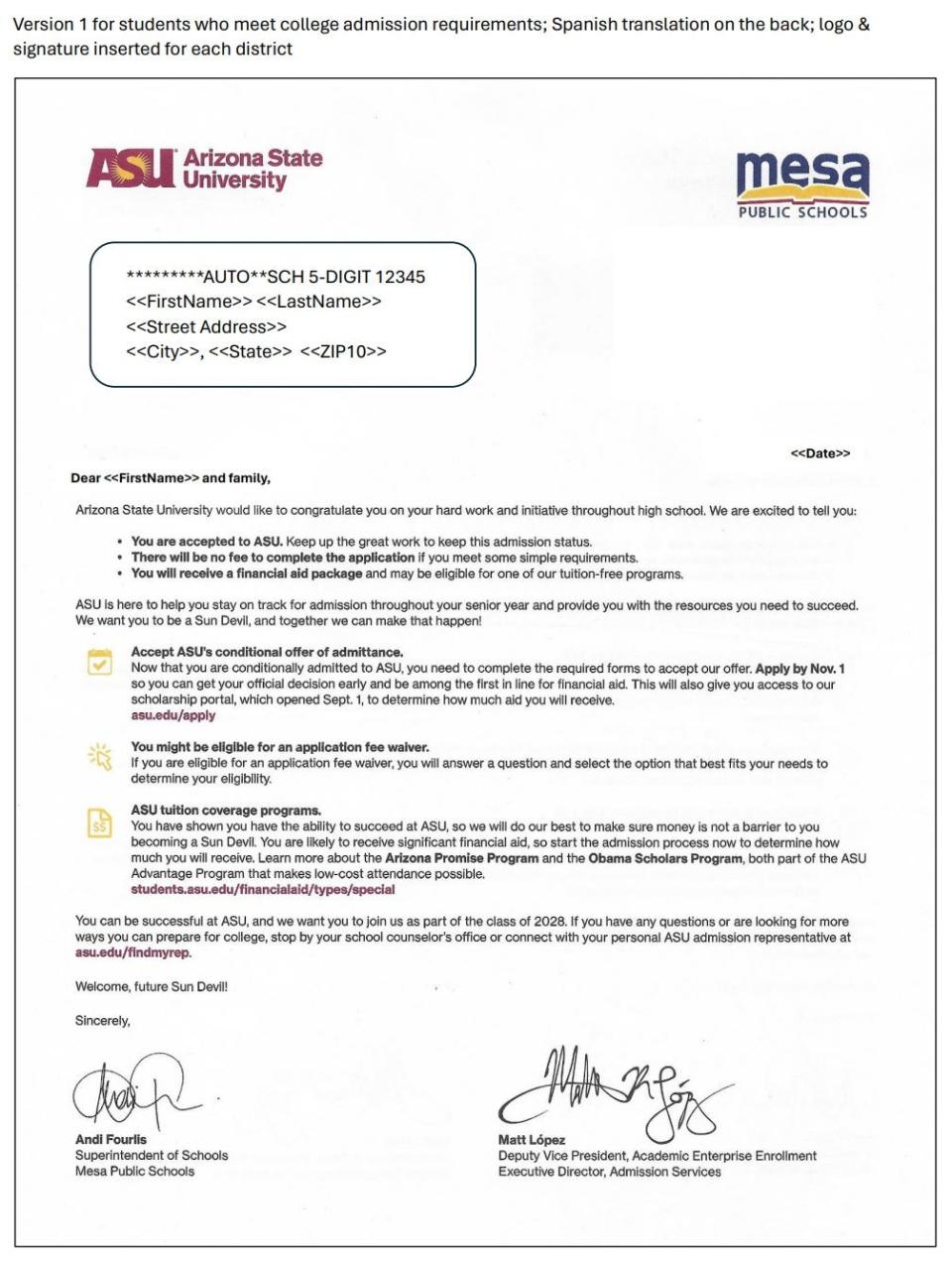
Undergraduate campus enrollment in general has remained level or increased slightly over the past five years at all three universities, enrollment data provided by ASU, UA and NAU shows.
"Our goal was to get students who wouldn't otherwise consider going, who are prepared, and in many cases that is low-income and or Latino students" and other students of color, O'Reilly said.
A growing state demands more educated workers
Arizona needs more college-educated workers to meet the needs of employers, which often recruit college-educated workers from other states because Arizona has a shortage of college-educated workers, said Luke Tate, managing director of ASU's Office of Applied Innovation.
The shortage is actually getting larger, Tate said, because the state's economy is growing but the state is not producing enough college-educated workers to keep up, Tate said. That is due in part because Arizona's high school graduate rate and college-going rate are lower than the national average by 10 and 14 percentage points respectively, according to data from the National Center for Educational Statistics.
By 2030, 28% of the jobs in Arizona will require a bachelor's degree or higher, according to the Arizona Board of Regents, citing federal labor data.
Businesses aren't the only ones that benefit from producing more college-educated workers, Tate said. College-educated workers are more likely to earn higher wages and therefore pay more in taxes. They are also less likely to be unemployed than those with only a high school degree, according to the Board of Regents.
The admission letters program is intended to help raise the number of high school students who attend college and graduate, Tate said. In addition to acceptance letters, the universities also send letters to seniors who are on the cusp of meeting admission standards. Letters are also sent to high school sophomores and juniors letting them know if they are on track to be admitted to one of the state's universities.
"This underscores our commitment to students in Arizona and NAU’s determination to expand access to more students than ever before," said Anika Olsen, NAU's vice president of enrollment management.
Twin letters
So far, the efforts have produced modest results.
Of the 7,269 students who received letters in the 2022-23 school year, 33% applied and were formally admitted, but only 20% actually appeared on campus for freshman year, down from 28% in the 2021-22 academic year when the program was limited to just ASU, according to ASU Helios Decision Center data.
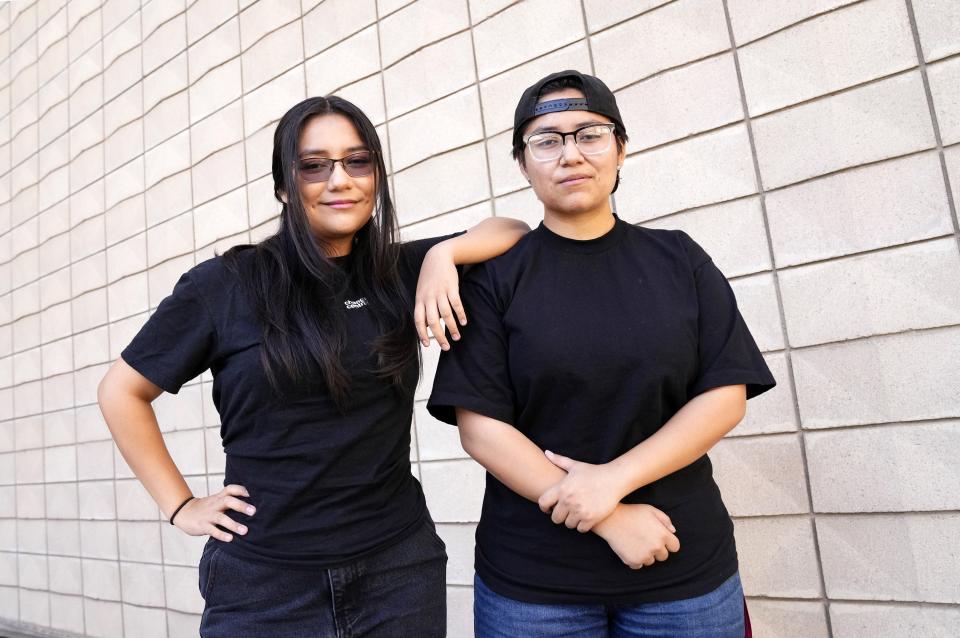
Twins Paula and Lucia Arellano received the letters in the spring of 2023 while they were seniors at Kofa High School in Yuma. They are the children of farmworkers from Mexico.
The letter notified them they had already been accepted to ASU contingent on finishing their senior year because they had completed all the required courses in high school and had a GPA of 3.0 or above. (Both had 3.7 GPAs.)
"I felt relieved," Paula Arellano said, "because then I didn't have to worry" about applying and waiting to be accepted. "I also felt proud."
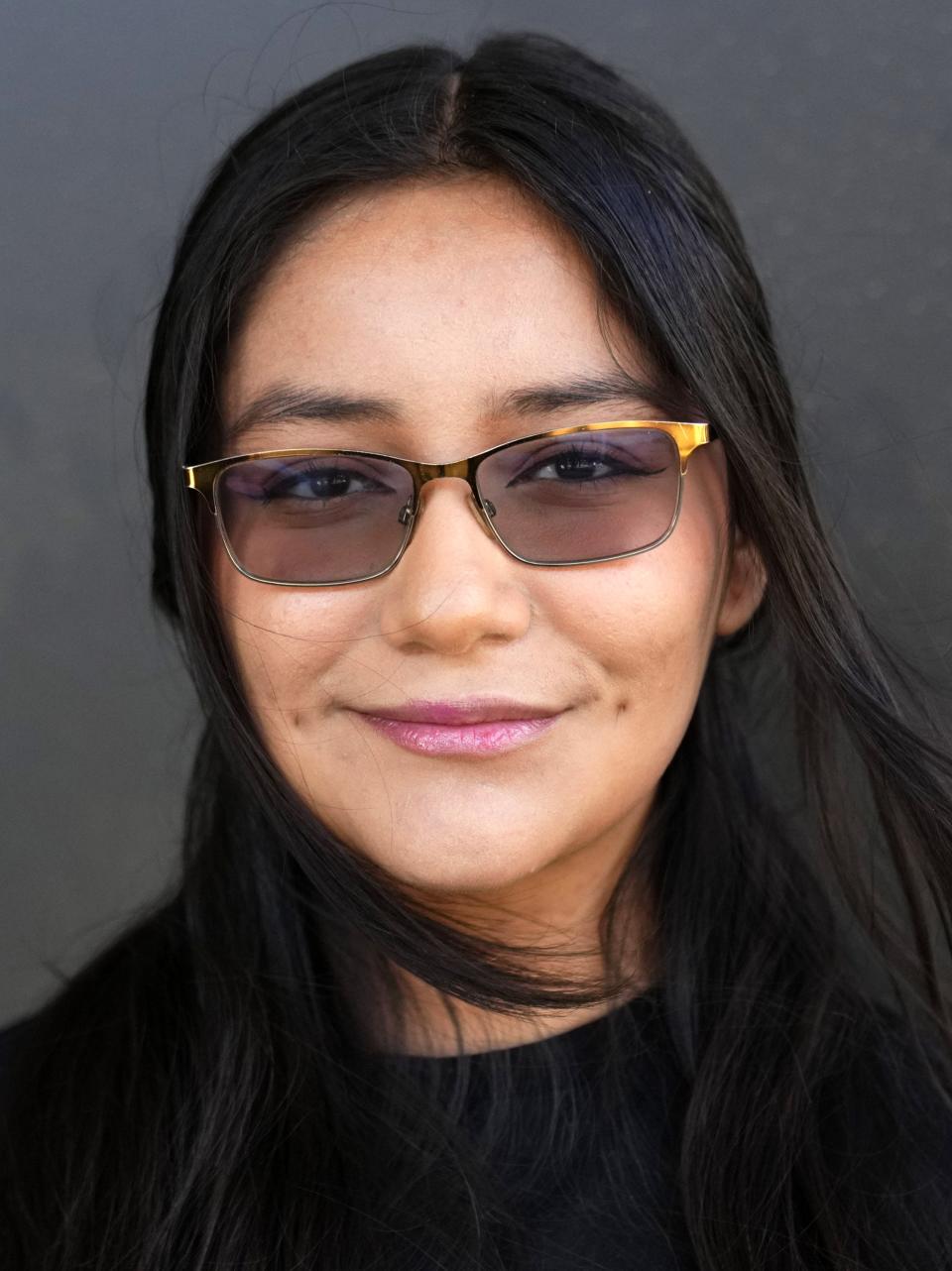
"It was a big weight off my shoulders and made me feel a little bit more relaxed and focussed more on my senior year of high school," Paula said.
At the time, Lucia was planning to continue taking courses after high school at Arizona Western College, a community college in Yuma, and then transfer to a four-year university.
The letter prompted her instead to apply to ASU. She decided to enroll after being awarded an Obama scholarship, which covers the entire cost of a four-year degree, based on her high academic achievement in high school.
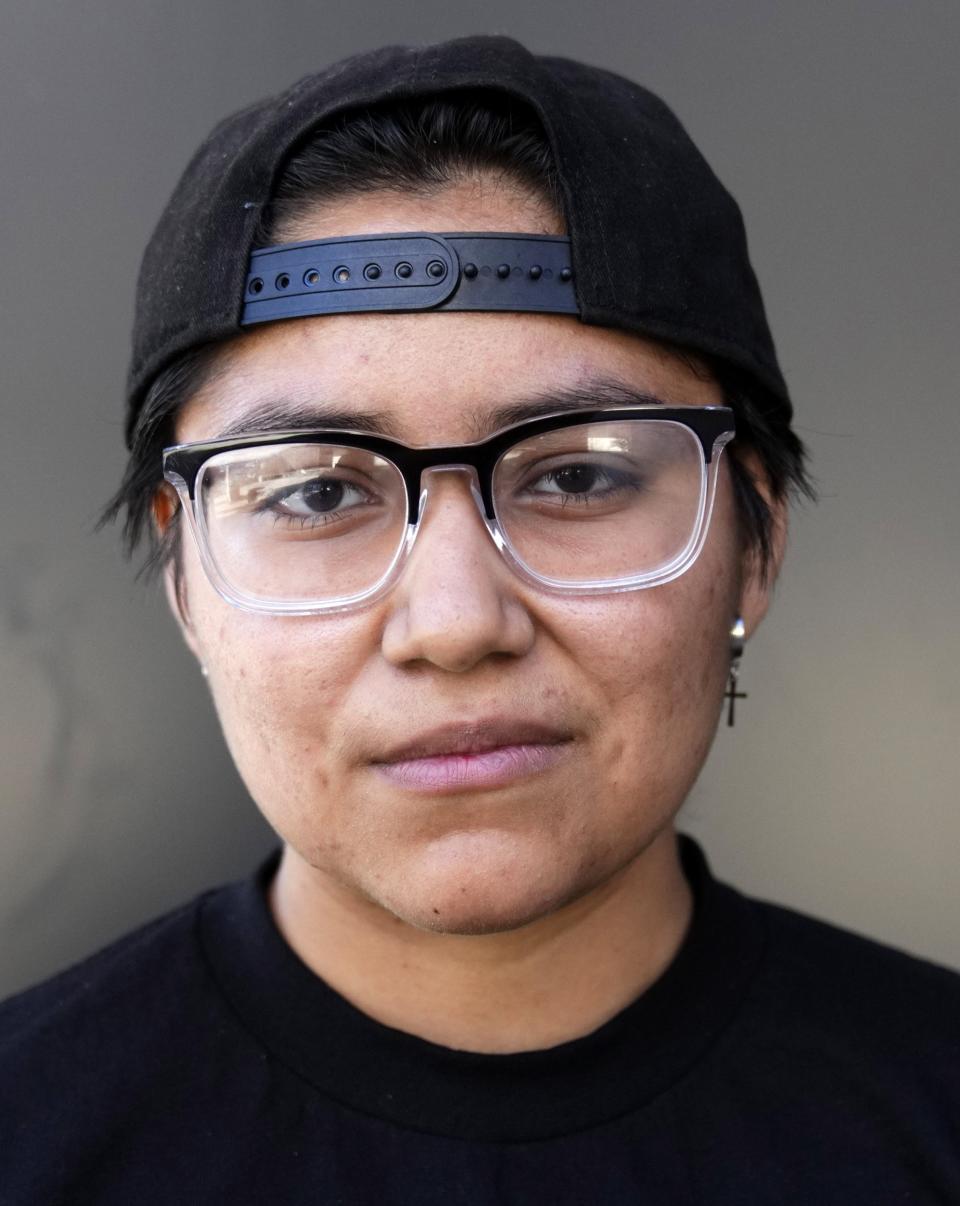
Receiving the letter "made me realize that I had more options than just going to community college down in Yuma," Lucia said.
Paula also was awarded an Obama scholarship.
Paula is now studying animation in the Herberger Institute for Design and the Arts with the goal of working for Pixar or some other animation studio in Hollywood. Lucia is studying business law in the W.P. Carey School of Business with the goal of becoming a lawyer.
Latinos key to initiative's success
Arizona wants 60% of the working-age population to have a two-year or four-year college degree or other form of higher education by 2030. But the current number is only at 48%, according to Education Forward Arizona, which tracks the data.
That goal can't be reached unless the state increases the number of Latinos who get college degrees, considering they make up a growing share of the state's working-age population but lag in high school graduation and college-going rates, said Paul Luna, president and CEO of Helios Education Foundation.
The letter program is intended to increase college attainment rates in Arizona by streamlining the application process. That can be a barrier, especially for students from disadvantaged backgrounds.
"What this really does is it eliminates a lot of those historical barriers that have made it difficult for low-income, first-generation college students to find their way from high school into that university environment," Luna said.
More examples of acceptance letters from Arizona universities
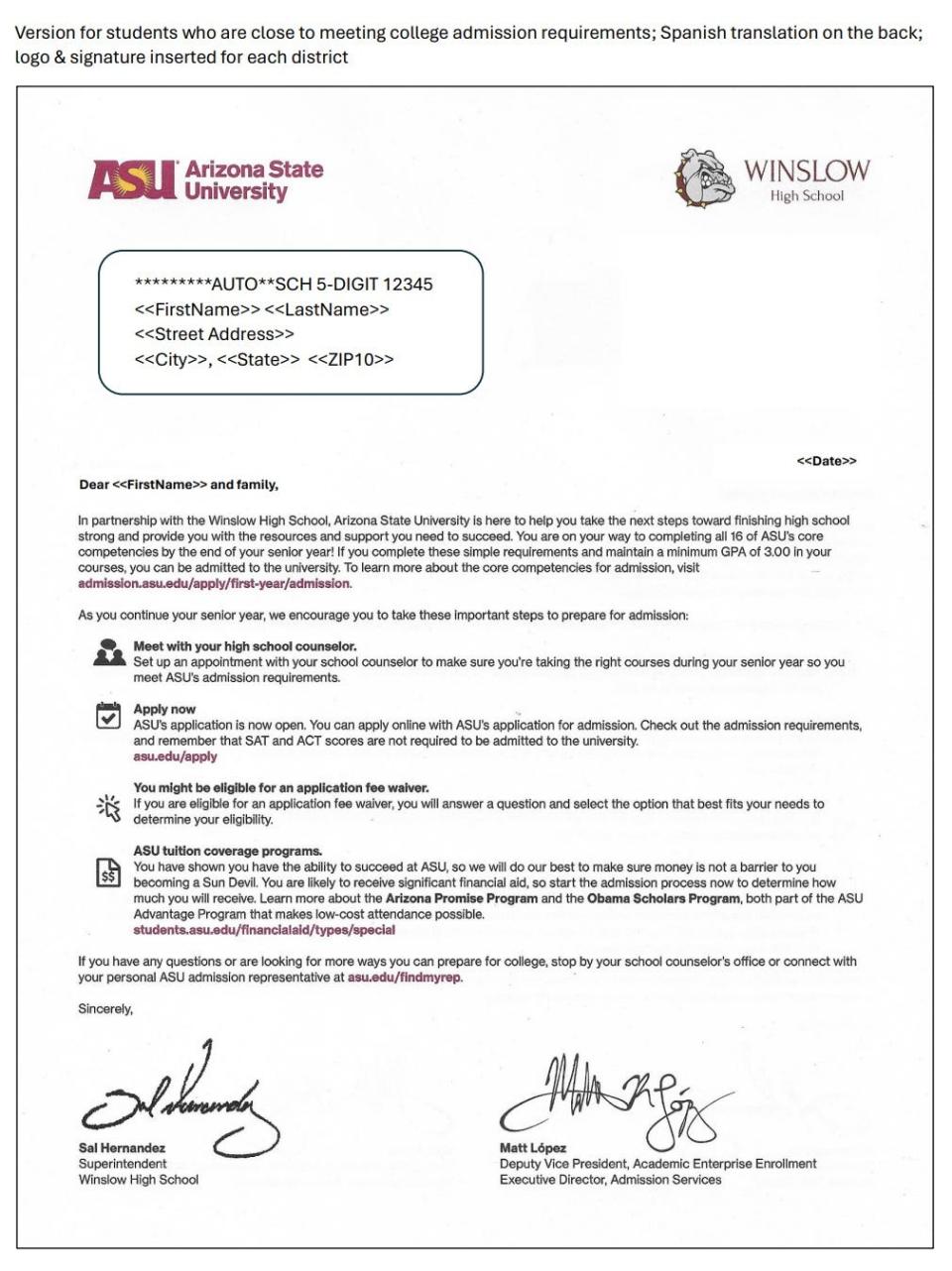
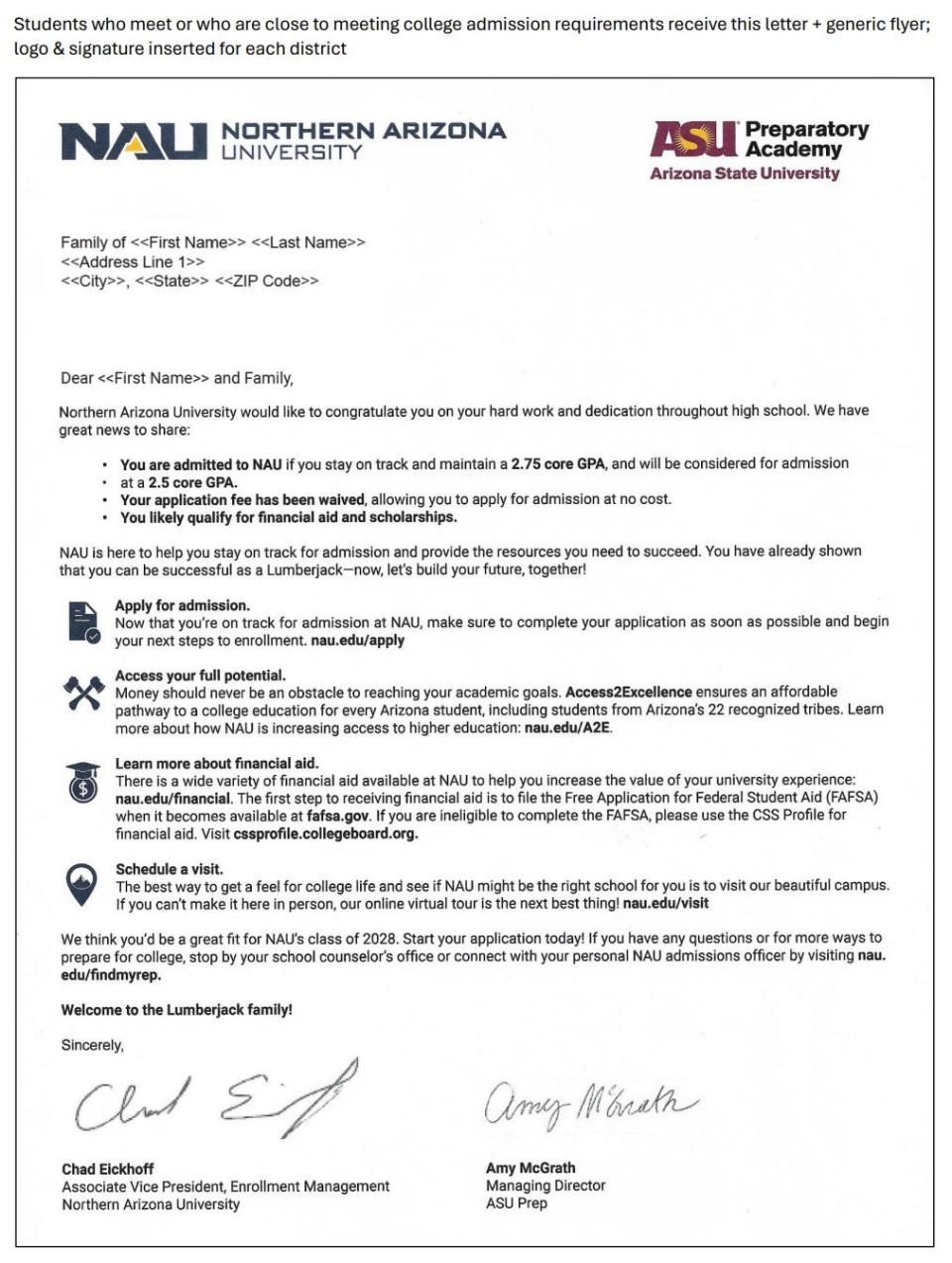

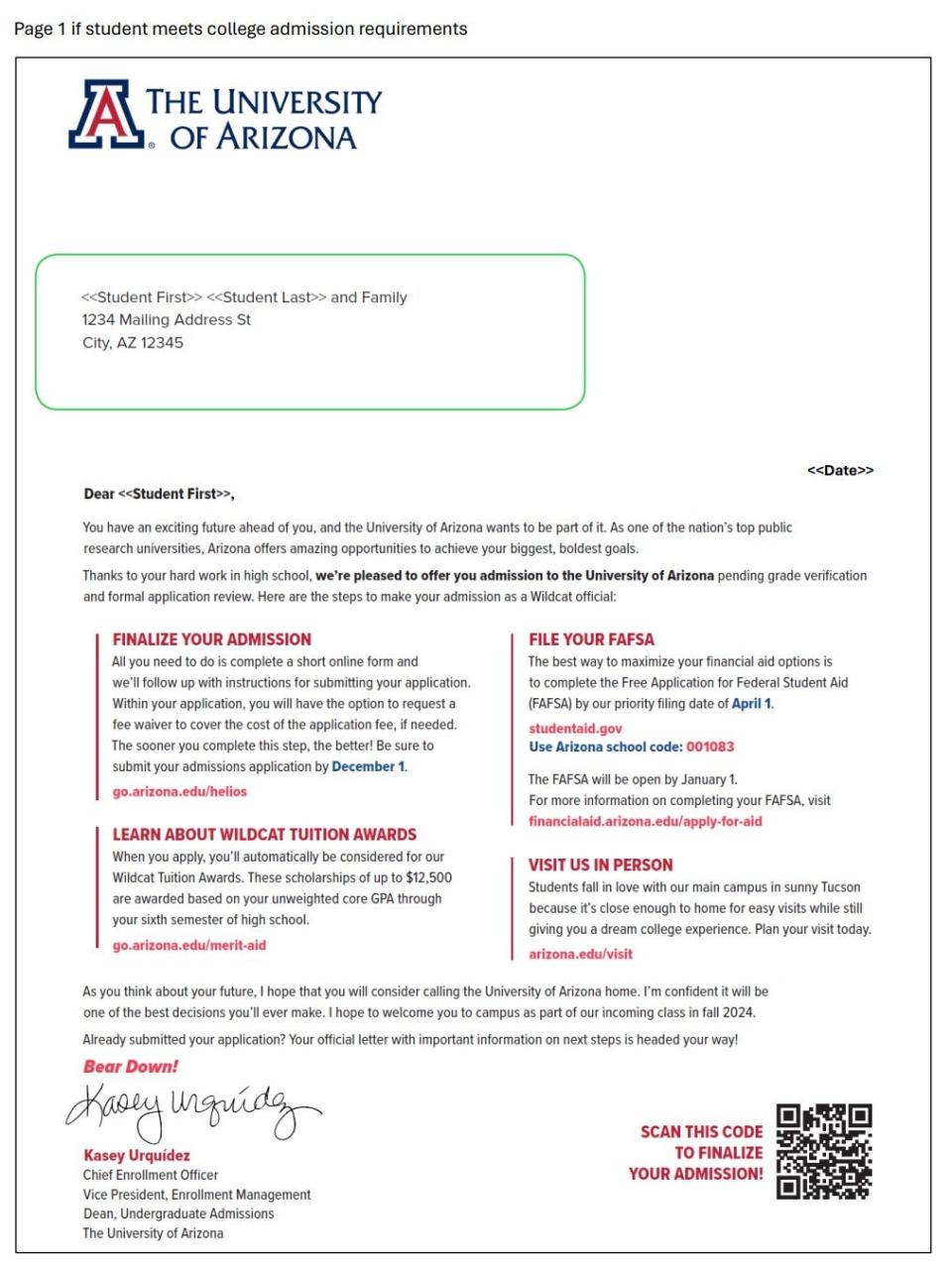
Reach the reporter at daniel.gonzalez@arizonarepublic.com.
This article originally appeared on Arizona Republic: Arizona early college acceptance letters aim to keep students in state

